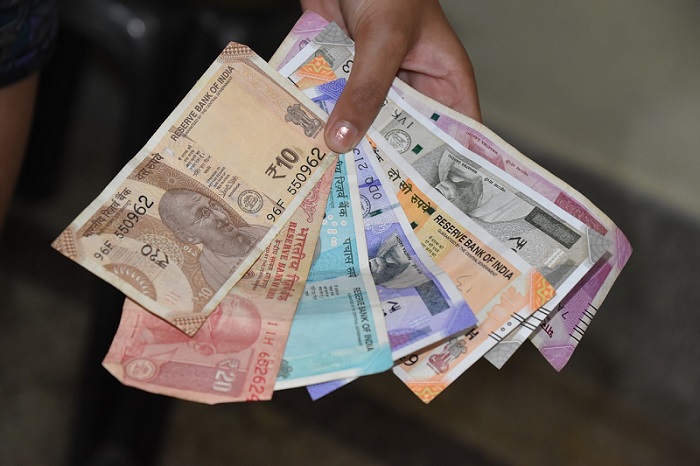Indian Rupee: Tracing the Journey of a Nation’s Currency
Introduction
The Indian Rupee, denoted by the symbol ₹ and code INR, is not merely a piece of paper or metal; it is a tangible representation of India’s economic history, cultural heritage, and national identity. From its ancient origins to its modern-day use, the Indian Rupee has evolved into a currency that mirrors the nation’s growth, challenges, and aspirations.
Historical Roots
The history of the Indian Rupee can be traced back over 2,500 years. Its roots extend to the ancient Indian trade routes and the flourishing civilizations along the Indus Valley. Early forms of currency included cowrie shells, grains, and metal objects used for exchange. As trade expanded, more standardized units of value emerged, including silver and gold coins.
Colonial Influences
With the arrival of colonial powers in India, the concept of currency underwent a transformation. The East India Company introduced its own coins, and the “rupee” as we know it today was officially adopted during the British colonial era. The Indian Rupee became the official currency under the Coinage Act of 1835, with the distinctive “One Rupee” coin gaining prominence.
Independence and Modernization
The journey towards independence also marked a turning point for the Indian Rupee. In 1947, as India gained freedom from British rule, it also reclaimed control over its currency. The newly independent nation took strides to establish its own monetary authority, leading to the foundation of the Reserve Bank of India (RBI) in 1935, which subsequently became the sole issuer of currency notes.
Symbolism and Design
The design of the Indian Rupee notes and coins is a testament to the country’s cultural and historical diversity. Different denominations often feature iconic personalities, landmarks, and motifs that celebrate India’s heritage. The adoption of the symbol “₹” in 2010, designed to reflect both the Devanagari script and Roman “R,” solidified the currency’s unique identity on the global stage.
Economic Landscape
The Indian Rupee’s value has experienced fluctuations due to various economic factors, including inflation, global market trends, and geopolitical events. As India’s economy continues to grow, the rupee’s strength in the international market becomes increasingly important, impacting trade, investment, and overall economic stability.
Tracing the Journey of a Nation’s Currency Indian Rupee
Digital Evolution
The 21st century has witnessed the gradual shift towards digital transactions in India. With the advent of online banking, mobile wallets, and electronic payment systems, the concept of money has expanded beyond physical notes and coins. The government’s “Digital India” initiative seeks to encourage digital financial inclusion, further shaping the way Indians perceive and use currency.

Challenges and Resilience
The Indian Rupee has faced challenges ranging from counterfeiting to economic uncertainties. However, its resilience stands as a reflection of the nation’s ability to adapt and overcome. Efforts such as advanced security features on currency notes and international collaborations have been made to ensure the currency’s integrity.
Conclusion
The Indian Rupee is more than just a medium of exchange; it is a narrative thread woven through India’s cultural tapestry, economic evolution, and historical journey. From its early forms of barter to its modern digital manifestations, the Indian Rupee embodies the story of a nation’s progress, unity, and aspirations. As India continues to forge its path in the global arena, the rupee remains a symbol of India’s rich heritage and its promising future.
